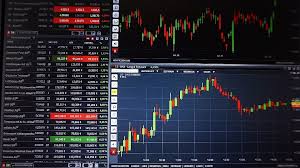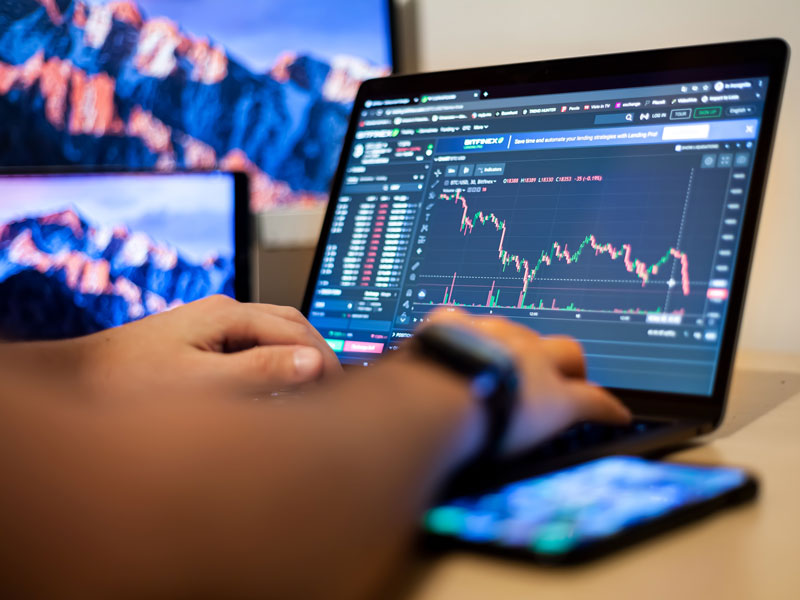
In the realm of forex trading, success often hinges on the ability to interpret market signals accurately. One of the most effective ways to gain insights into market movements is through the use of forex trading indicators onlinetrading-cm.com. These indicators provide traders with vital information, helping them make informed decisions regarding entry and exit points, risk management, and overall strategy enhancement. This article delves into various types of forex trading indicators, their applications, and how to effectively incorporate them into your trading toolkit.
Understanding Forex Trading Indicators
Forex trading indicators are statistical tools that analyze price data and market trends to forecast future price movements. They can be classified into two main categories: leading and lagging indicators. Leading indicators are predictive in nature, while lagging indicators confirm trends after they have already started. Both types offer valuable insights, but their applications differ based on trading styles and market conditions.
Leading Indicators
Leading indicators are essential for traders who aim to predict potential price movements ahead of time. Some commonly used leading indicators include:
- Relative Strength Index (RSI): The RSI measures the speed and change of price movements, indicating whether an asset is overbought or oversold. Values above 70 suggest overbought conditions, while values below 30 indicate oversold conditions.
- Stochastic Oscillator: This oscillator compares a security’s closing price to its price range over a specific period. It provides insights into potential trend reversals and helps identify entry and exit points.
- MACD (Moving Average Convergence Divergence): MACD is a trend-following momentum indicator that shows the relationship between two moving averages of a security’s price. It can signal potential buy and sell opportunities through crossovers.

Lagging Indicators
Lagging indicators, on the other hand, are used to confirm existing trends rather than predict future movements. Traders often use them to validate their strategies. Some popular lagging indicators include:
- Moving Averages: Moving averages smooth out price data to identify trends over a specific period. They can be used in various forms, including simple moving averages (SMA) and exponential moving averages (EMA).
- Bollinger Bands: Bollinger Bands consist of a middle band (SMA) and two outer bands that represent standard deviations from the SMA. They help identify volatility and potential price reversals.
- Average Directional Index (ADX): The ADX gauges the strength of a trend without indicating its direction. Values above 25 typically indicate a strong trend, while values below 20 suggest a weak or non-existent trend.
Combining Indicators for a Robust Strategy
While individual indicators can provide valuable information, combining multiple indicators can lead to a more comprehensive trading strategy. For instance, traders can use a leading indicator like the RSI to identify potential entry points, while simultaneously applying a lagging indicator like a moving average to confirm the current trend.
When combining indicators, it’s essential to maintain a balance. Overloading your chart with too many indicators can lead to confusion and analysis paralysis. Strive for clarity by selecting a few complementary indicators that align with your trading goals and style.
Practical Tips for Using Forex Trading Indicators
- Understand Each Indicator: Before incorporating any indicator into your strategy, take the time to thoroughly understand how it works and what market conditions it best suits. Knowledge is critical to effective trading.
- Backtest Your Strategy: Historical data can provide invaluable insights. Backtest your trading strategy using indicators on past market data to determine its effectiveness before applying it in real-time trading.
- Practice Risk Management: No indicator guarantees success. Always utilize risk management strategies, such as setting stop-loss orders, to protect your capital and minimize potential losses.
- Stay Updated: The forex market is influenced by various factors, including economic news and geopolitical events. Stay informed about market conditions and adapt your indicator settings accordingly.
Conclusion
Forex trading indicators serve as essential tools for traders seeking to navigate the complexities of the currency market. By effectively utilizing leading and lagging indicators, traders can enhance their strategies and make informed decisions that align with market conditions. Remember, successful trading requires a deep understanding of the tools at your disposal, consistent practice, and the discipline to adapt your approach based on market dynamics. With the right combination of indicators and a solid trading plan, you can improve your chances of success in the dynamic world of forex trading.
